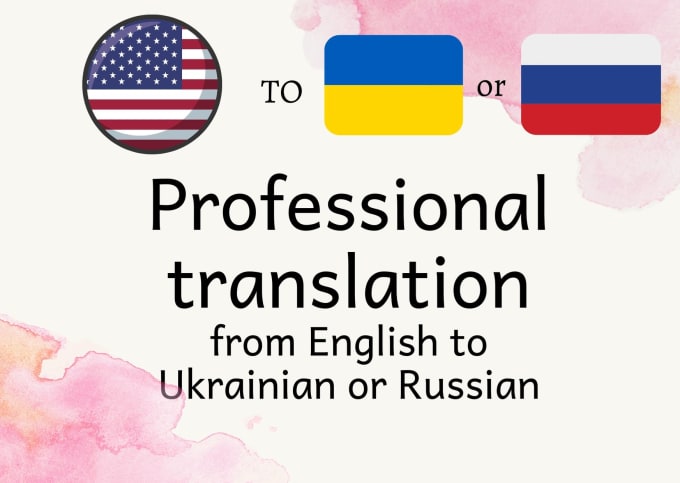

It has been a long road, reading a new and still quite unfamiliar writing system.


I’m learning Arabic and Persian, at LingQ. But I am just a humble language learner with no expectations of perfection, and am used to accepting uncertainty as I go about discovering a new language. But this criticism is either from people who expect perfection, or from people who feel machine translation threatens the job of language professionals. I sometimes hear criticisms about the accuracy of machine translation, such as Google Translate. It is more accurate now than even a few years ago, as more and more corpora of language content are processed using artificial intelligence, or AI. In all of the languages where I use Google Translate, it has been improving by leaps and bounds. Furthermore, the accuracy is constantly improving. Thus Google Translate is usually better in languages to and from English, where more such content is available, or for languages with similar word order and structure. The greater the volume of content, the more accurate it becomes. The accuracy of machine translation is dependent on the amount of language content compared. Google Translate, Multi-Purpose DictionaryĬomputer-based translation technology, such as Google Translate, relies on comparing massive quantities of language content between pairs of languages, in order to establish patterns, or the probability that certain words or phrases in one language will correspond to some other set of words and phrases in another language. In particular I owe a big debt of gratitude to Google, Google Translate and Google Text to Speech, both of which are a big part of my language learning. The fact that I was able to make meaningful progress in languages as different as Russian, Korean, Portuguese, Romanian and Greek, as well as Arabic and Persian, is the result of modern information technology.


 0 kommentar(er)
0 kommentar(er)
